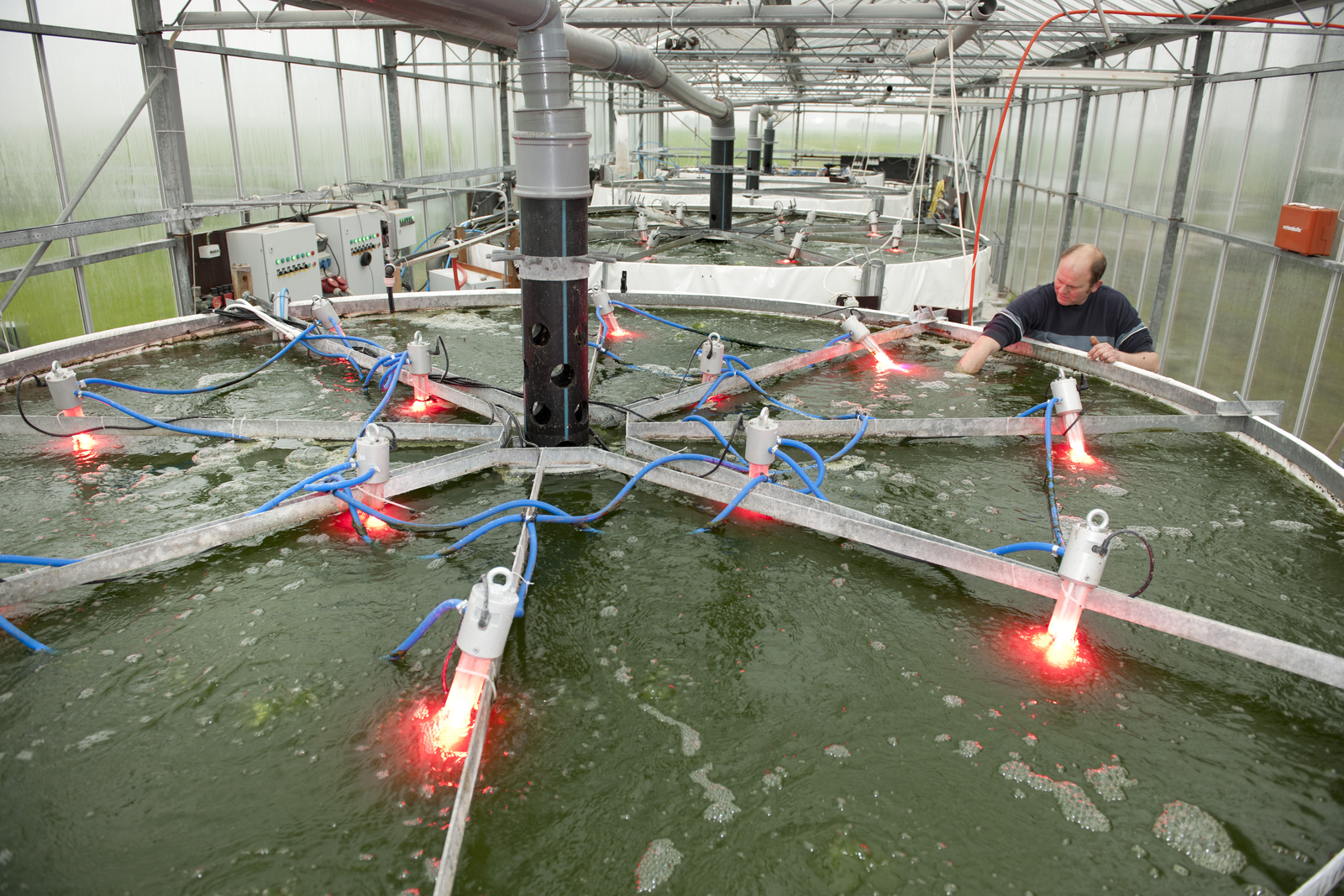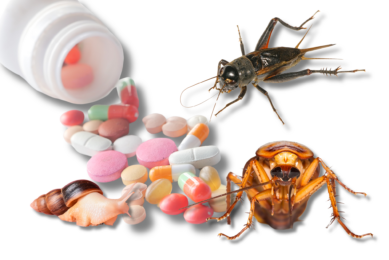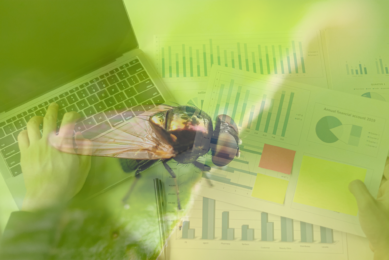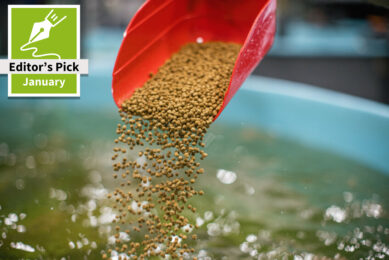Algae as a promising new type of animal feed

Will algae be found in the feeding troughs of the future? The use of algae as animal feed is promising, as they are sustainable, contain lots of protein and result in more omega 3 in eggs and milk. There is also evidence that they help young cattle grow better, which is currently the subject of further study at Wageningen UR in the Netherlands.
Together with Nevedi and Natuur & Milieu, Wageningen UR has analysed publications and developed an algae opportunity map with accompanying report which clearly set out the potential for algae as animal feed. Processing algae in animal feed is probably not the first thing that occurs to producers. Yet the green stuff seems highly appropriate for this purpose. Studies show that using algae as animal feed ensures better quality eggs, milk and possibly meat, and that it boosts growth in piglets, chickens and lambs, among others. “In addition, algae are rich in protein,” says Wageningen UR algae expert Rommie van der Weide. “This makes them an interesting alternative to soy, which often has to be transported across long distances – from South America, say. While it is possible to produce algae in the Netherlands, they are still too expensive to compete with soy.”
Algae opportunity map
Scientists from Wageningen UR have developed an algae opportunity map (in Dutch) which clearly charts the possibilities for using microalgae as a feedstock stream for animal feed. It indicates both advantages and disadvantages, which is vital information for feed producers and farmers considering processing algae in feed.
The positive aspects of algae, for instance on the health of young animals, should be demonstrated even more clearly. “This can occur by means of large-scale tests,” explains Van der Weide. “It is also important that the nutritional value of algae as an ingredient in animal feed be established in the Netherlands.”
Algae for mineral licks and feed supplements
Further research into this topic is ongoing. Wageningen UR is working with dairy farm Kelstein and algae grower Algae Food & Fuel on a trial in Hallum. Algae are produced in photobioreactors and open ponds, making as much use as possible of the residue streams from a biogas plant. The algae grown here are used in animal feed, mineral licks and a feed supplement for horses.
Refining algae
Wageningen UR’s centre ACRRES in Lelystad is another site where algae are grown in various ways. “The smart thing is to use residual heat, carbon dioxide and, where possible, digestate from a biodigester to grow algae. We are investigating what the best way is to do this,” says Van der Weide. This site also features a mobile refinery that can split algae into component parts, developed jointly by Algae Food & Fuel and the Netherlands Organisation for Applied Scientific Research (TNO). In addition, a case study at a company in Uddel uses algae and duckweed as feed.
Practical trials
Wageningen UR is pleased to cooperate with farmers and animal feed producers in a public-private partnership. “This allows us to demonstrate even better how useful algae can be,” adds Van der Weide. “We can test a number of questions in a practical trial or in a laboratory. For example, which types of algae have a good effect on immunity? At what point in time do algae have the highest added value and what is the best way to cultivate them? What happens if we admix them into standard feed or if we replace some of the common proteins by algae? Studies make it more and more clear just how valuable algae are.”











